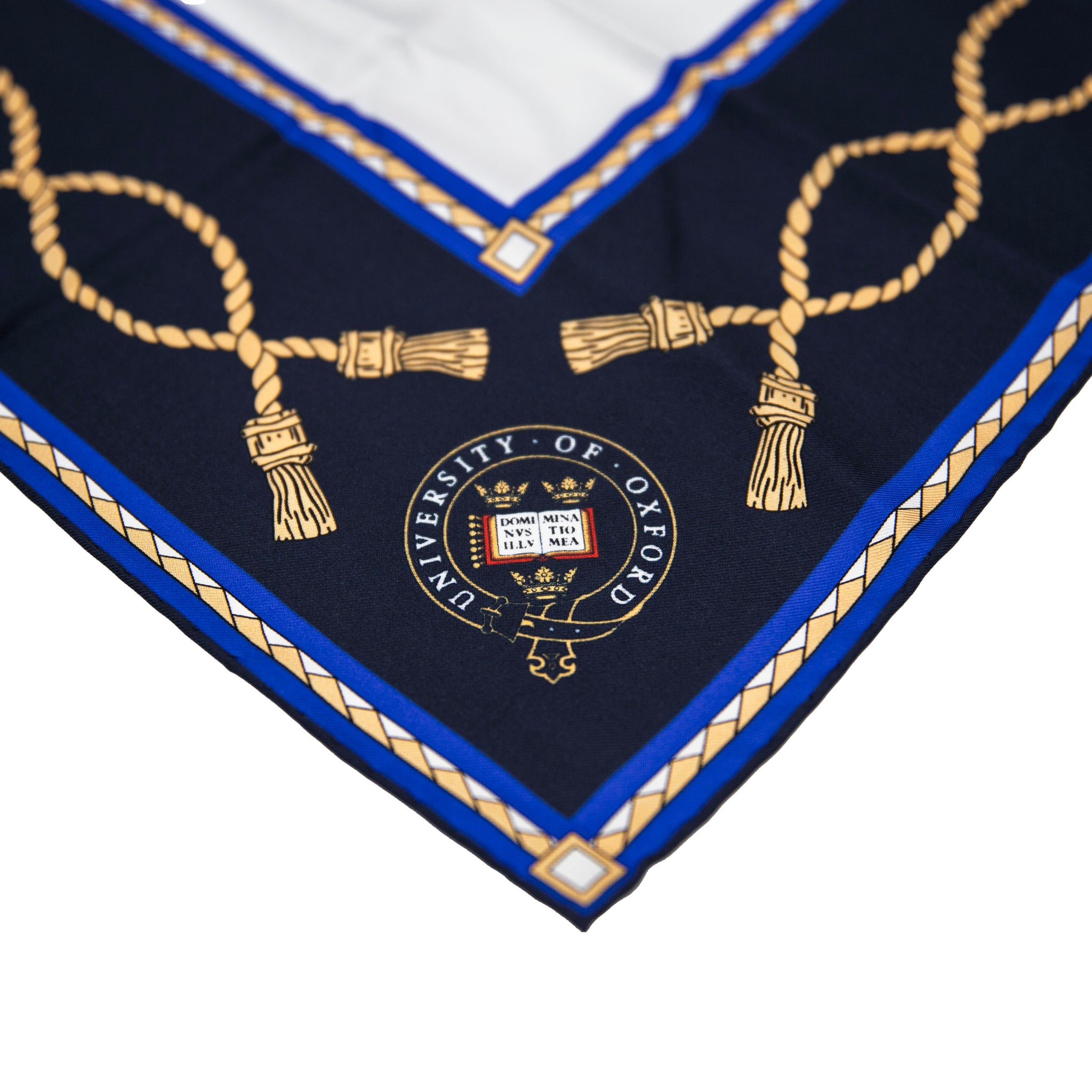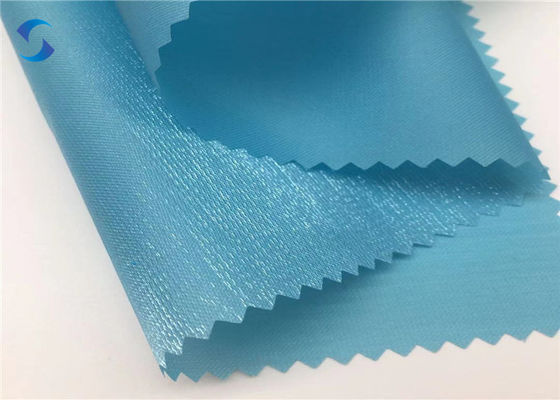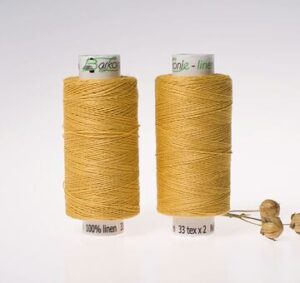How to Prevent Silk and Oxford from Pilling?

Fabric compatibility is a crucial consideration in fashion and sewing, as it affects the look, feel, and longevity of garments. Silk and Oxford are two popular fabrics that, when combined thoughtfully, can create stunning and durable pieces. This article explores how to prevent pilling when mixing these materials, providing you with essential tips and insights.
Compatibility Analysis
Yes, Silk and Oxford can be mixed, but with caution. The key to their compatibility lies in understanding their unique properties. Silk, a natural fiber, is smooth and lustrous, while Oxford, typically made from cotton or a cotton blend, is more textured and durable. They can work together if you consider factors such as texture, weight, and care requirements. Silk adds a luxurious touch and drape, while Oxford offers structure and durability. However, the potential for pilling arises from their different textures and care needs.
Fabric Properties Comparison Table
| Property | Silk | Oxford |
|---|---|---|
| Fiber Content | Natural | Natural or Synthetic |
| Weight and Thickness | Lightweight | Medium to Heavy |
| Breathability | High | Moderate |
| Moisture-Wicking | Moderate | High |
| Stretch and Elasticity | Low | Low to Moderate |
| Wrinkle Resistance | Low | Moderate |
| Care Instructions | Hand Wash or Dry Clean | Machine Washable |
| Durability | Moderate | High |
Benefits of Mixing These Fabrics
Blending silk and Oxford can enhance texture and visual interest, offering a unique contrast between silk’s sheen and Oxford’s matte finish. This pairing improves comfort and performance, as silk provides a soft feel against the skin, while Oxford adds strength. The combination results in better drape and movement, making garments more fluid and elegant. It is also cost-effective, as Oxford is generally more affordable, balancing the luxury of silk. This mixture is seasonally versatile, suitable for both warm and cool climates, and offers endless design possibilities for creative expression.
Potential Challenges
Mixing silk and Oxford presents challenges such as different shrinkage rates, which can distort the garment’s shape. Their conflicting care requirements might lead to fabric damage if not handled properly. Texture clash can cause pilling, especially if the fabrics rub against each other. Seam puckering may occur due to their differing weights. Additionally, color bleeding or fading can affect the appearance. Solutions include pre-washing fabrics, using appropriate interfacing, and selecting compatible colors.
Sewing & Styling Tips
When sewing silk and Oxford together, use a fine needle (size 70/10) and polyester thread for strength. Interfacing can stabilize silk, preventing puckering. Opt for French seams or overlocking to finish seams neatly. Choose patterns that accommodate both fabrics’ characteristics, such as blouses or dresses with structured bodices and flowing skirts. For styling, pair silk blouses with Oxford trousers for a chic look, or use this combination in home decor, like cushion covers, for a touch of elegance.
Care & Maintenance Guide
To care for garments made from silk and Oxford, wash them gently in cold water or dry clean. Air drying is preferable to maintain shape, and ironing should be done on low heat with a pressing cloth to protect silk’s surface. For stain removal, treat silk with mild detergent and Oxford with a more robust cleaner. Long-term care involves storing garments away from direct sunlight to prevent fading and ensuring they are clean and dry before storage to avoid mildew.
FAQ Section
-
Can you wash silk and Oxford together?
It’s best to wash them separately due to their different care requirements. -
Will silk shrink more than Oxford?
Yes, silk is more prone to shrinkage, so pre-wash or pre-treat it. -
What needle size should I use for sewing these fabrics together?
A size 70/10 needle is recommended for precision and minimal fabric damage. -
Can you mix silk and Oxford in one garment?
Yes, with careful planning and sewing techniques, they can be combined effectively. -
How do you prevent pilling when combining these fabrics?
Use interfacing and avoid excessive friction between fabrics. -
Is it okay to mix silk and Oxford for upholstery?
It’s possible, but consider the durability and care challenges. -
What’s the best way to finish seams with these fabrics?
French seams or overlocking provide a clean finish and prevent fraying.
By understanding and addressing the unique properties and challenges of silk and Oxford, you can create beautiful, long-lasting garments that showcase the best of both fabrics.


Leave a Reply